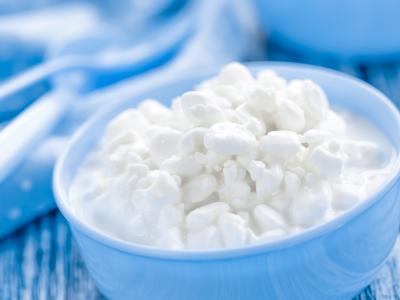Iowa scientist on probation for irregularities in MERS-CoV research
A University of Iowa scientist has been put on a year's probation for conducting research on MERS-CoV (Middle East respiratory syndrome coronavirus) without the university's approval and in a lab lacking the required level of biosafety measures, the Des Moines Register reported yesterday.
The scientist, Stanley Perlman, MD, PhD, obtained a MERS-CoV clone and had been conducting research with it since September 2013, according to federal records obtained by the Register. He began his work without getting approval from the university's Institutional Biosafety Committee, and started it in a biosafety level 2 (BSL-2) laboratory instead of a BSL-3 facility, the level required by federal regulations, the story said.
The report said Perlman's team inserted green and red fluorescent proteins into the clones at a BSL-2 lab. Federal records further show that the work was later transferred to a BSL-3 lab, but it was halted Feb 3 by Haley Sinn, PhD, the university's biosafety officer, after she discovered the improperly conducted experiments.
The university determined that Perlman had not effectively communicated to his staff the importance of getting approval from the school's biosafety committee and had not sufficiently reviewed standard operating procedures, the story said. The school put him on probation, which Perlman told the Register will last a year.
The university's response was accepted by the National Institutes of Health's Office of Biotechnology Activities, the story said.
Perlman told the newspaper he did not need a permit when he imported the MERS "chromosome." He described the episode as a case of miscommunication and said he was allowed to resume his project after he obtained approval. "We should have done it by the right process, but no safety was compromised," he said.
Meanwhile, Ed Hammond, a bioscience researcher and writer, has accused the university of wrongly withholding federal "Form 3" reports that could help the public assess whether any of the MERS-CoV virus samples were lost, stolen, or released, the newspaper said.
In refusing to release the reports, the university cited a state law that allows an institution to maintain secrecy about security procedures or emergency preparedness, according to the Register.
Dec 23 Des Moines Register story
Two Canadian literiosis cases may be tied to caramel apple outbreak
Two cases of listeriosis in Canada involve the same genetic fingerprint as 29 US cases in a 10-state Listeria outbreak tied to caramel apples, the Canadian Press reported yesterday. Officials are investigating whether the cases are linked to the outbreak.
The patients, whose status is unknown and whose health history was not specified, are in Ontario and Manitoba. Authorities are determining whether they ate packaged caramel apples imported from the United States.
All US case-patients have required hospitalization, and five have died. Listeria monocytogenes contributed to three of the deaths and possibly a fourth. Nine of the cases have been in pregnant women or newborns. Illness-onset dates range from Oct 17 to Nov 27.
Dec 23 Canadian Press story












